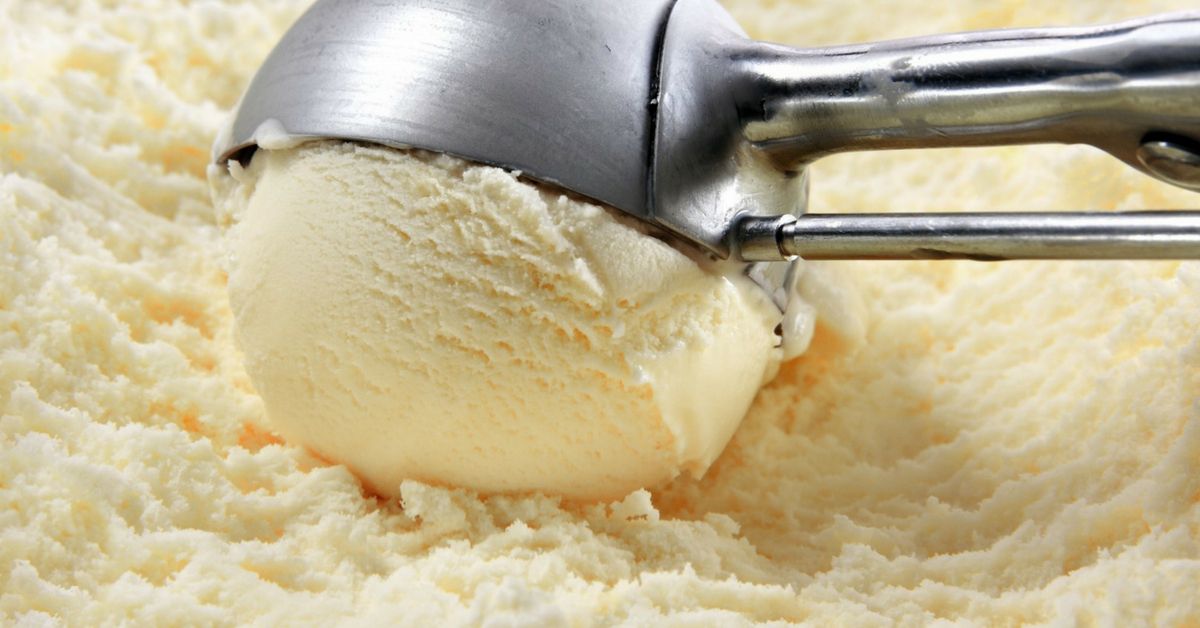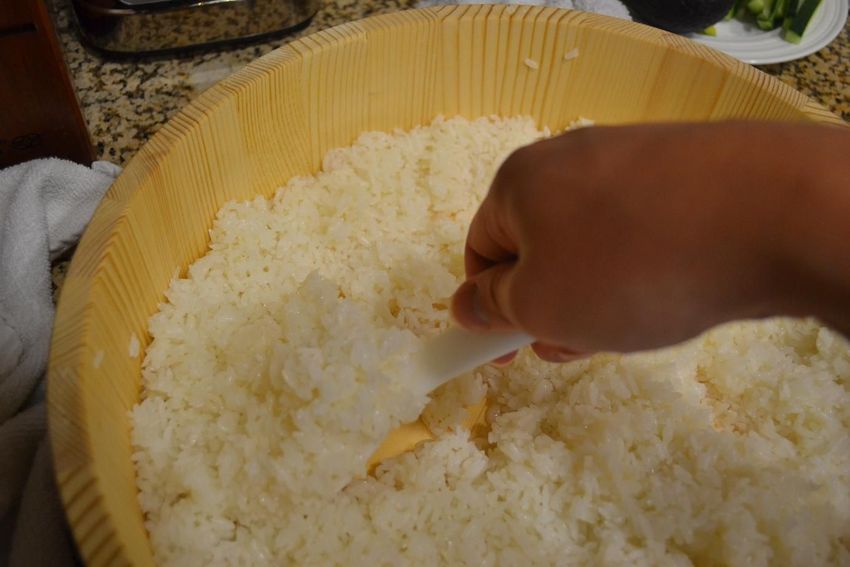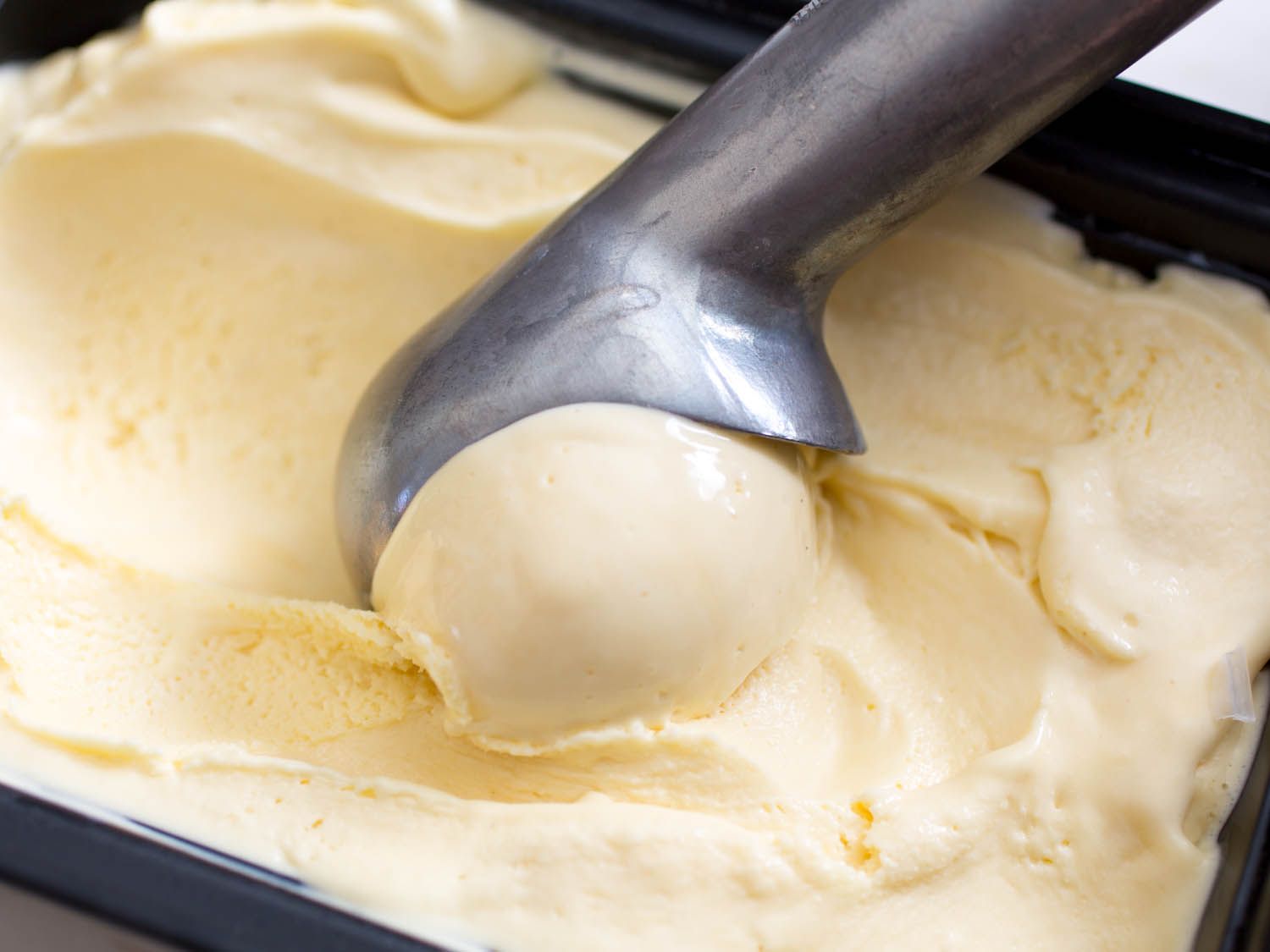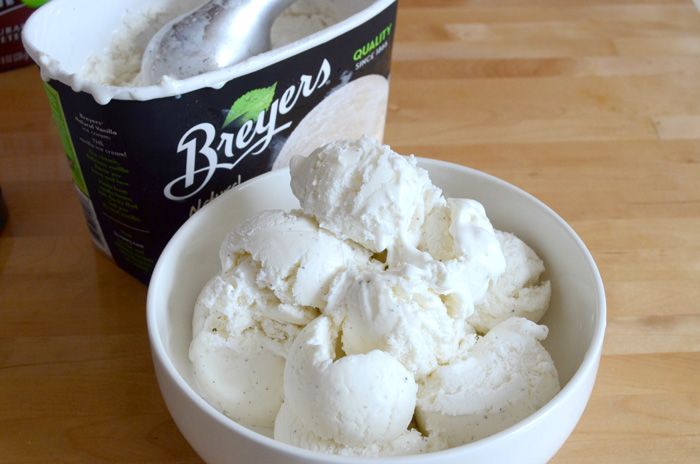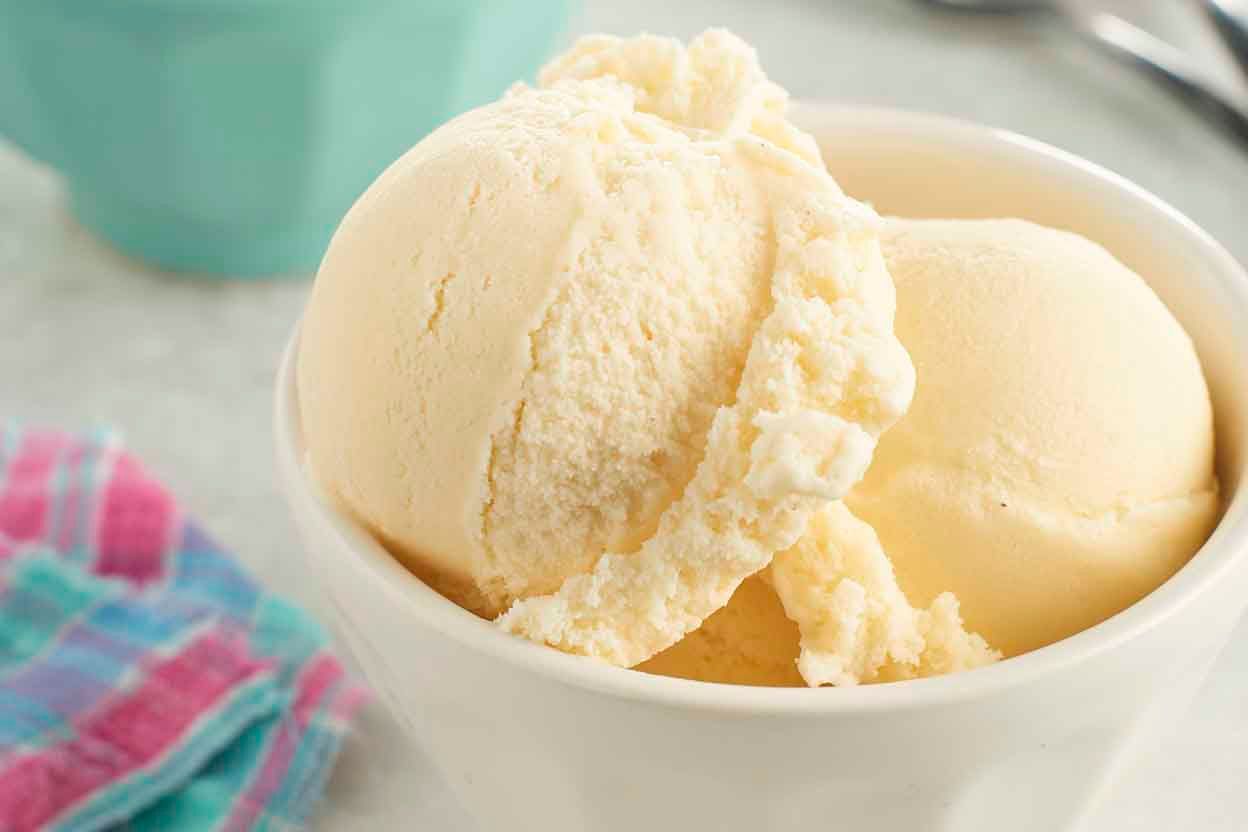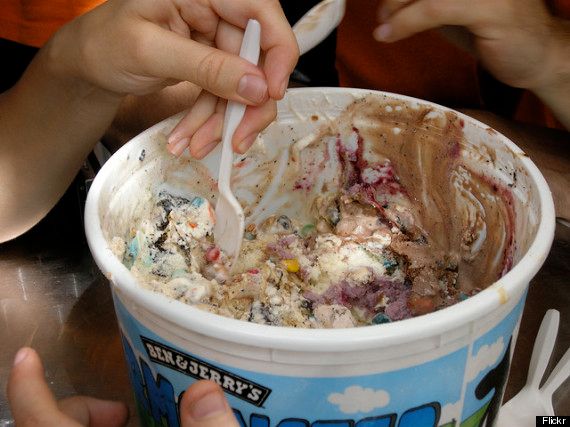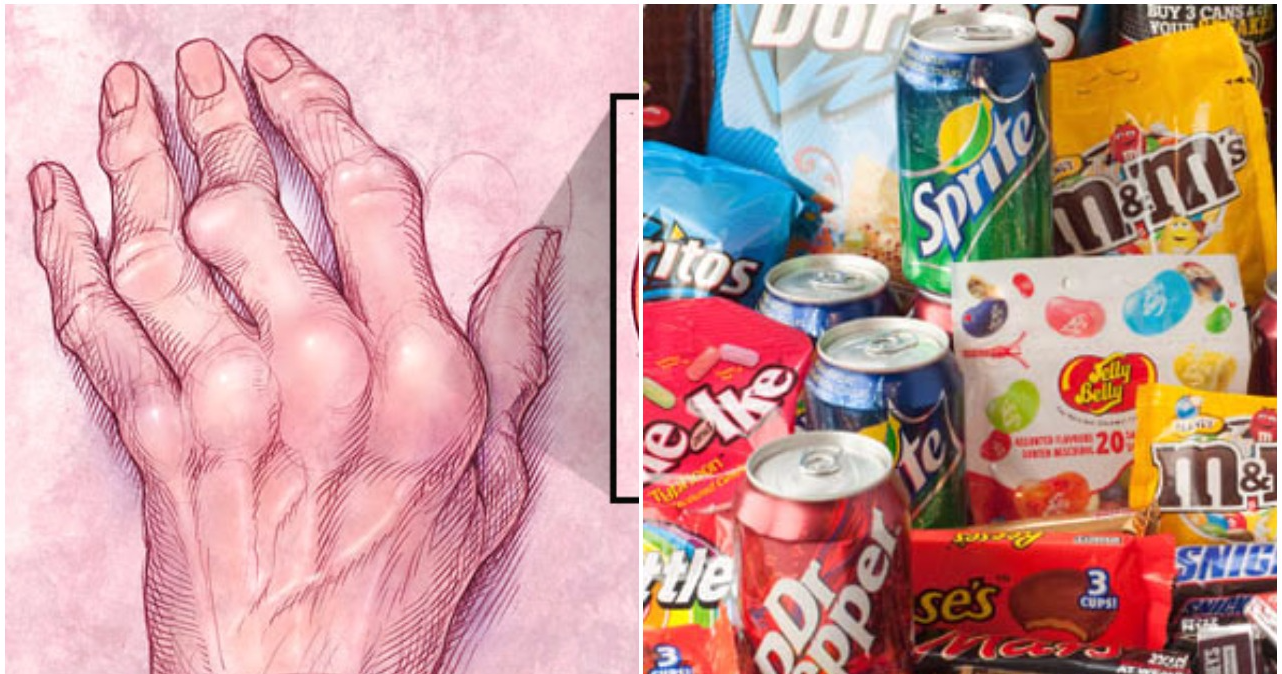It's possible that I'm only noticing it more now that I'm much older, but lately, experts have been sending out warnings about so many of the foods we eat every day.
At this point, it literally seems like anything you do or consume could have terrifying consequences on your health.
For example, rice, a staple in households all over the world, has been known to cause severe food poisoning. If it isn't prepared or stored properly, it causes a condition known as "fried rice syndrome," which has sent countless people to the emergency room.
In June, a Texas woman spent eight days in intensive care after getting sick from eating fried rice at a Chinese buffet.
The naked eye can't spot them, but uncooked rice often contains Bacillus cereus spores that can survive the cooking process and multiply. The warm and moist environment of rice that's been left to cool down to room temperature is the perfect breeding ground for this bacteria, so when you reheat and eat the rice at a later time, you could become very sick.
But as it turns out, rice isn't the only food that could be comprised when left out even for a short period of time. Ice cream can be dangerous too.
Amreen Bashir, a lecturer in biomedical sciences at Aston University in Birmingham, England, is reminding dessert-lovers to take precaution when it comes to their favorite cold treat.
A small scoop that's supposed to help you cool down after a long day in the sun could turn deadly. In 2015, five people were hospitalized and three died after eating ice cream tainted with Listeria in Topeka, Kansas.
While these cases are a rare occurrence as they're usually the manufacturer's fault, many of us are making a mistake that could compromise our health whenever we eat ice cream at home.
If you're among those who let ice cream thaw out before scooping it out and freezing it again, you should stop doing that because it could cause food poisoning.
"Ice cream melts fairly rapidly at room temperature and the milky, sugary, liquid concoction is a perfect petri dish for bacteria like Listeria, essentially the second time you dig into the tub," wrote Bashir.
So what can you do to protect yourself?
Ideally, the ice cream tub should be put back as soon as you've scooped out the amount you want, but since that's not always the case (especially when you live with other people), there is one rule of thumb you can stick to.
While speaking with the Today Show, registered dietitian and food safety expert Rachel Lustgarten
"If the container no longer feels frozen to the touch and the melted ice cream is not visibly frozen anymore, the pint or tub should be discarded," Lustgarten told Today Food. "Also, you want to make sure to avoid the temperature danger zone of 40 degrees to 140 degrees."
Even if only some of the ice cream has melted, you should still throw it out instead of tossing it back in the freezer. This is because freezing will only stop the bacteria from multiplying but won't kill it.
Bashir also warns people about the dangers of sharing ice cream and double dipping into the same tub.
"Double dipping with a dirty spoon is also not only inconsiderate, it's an invitation to every nasty bug nearby," wrote Bashir.
She also reminded people to be wary of eating summer fruits like cantaloupes and watermelon, which "have been linked to Salmonella, E. coli and Listeria outbreaks, as pathogens from the soil can reside in the fruit's skin."
If you're the one preparing it, make sure to run the fruit under water and wash it properly before cutting it up.
At the end of the day, Bashir says there's no need to panic as long as you follow the basic steps of washing your hands thoroughly before handling food, monitoring the temperature of food, and avoid leaving food out for too long.
